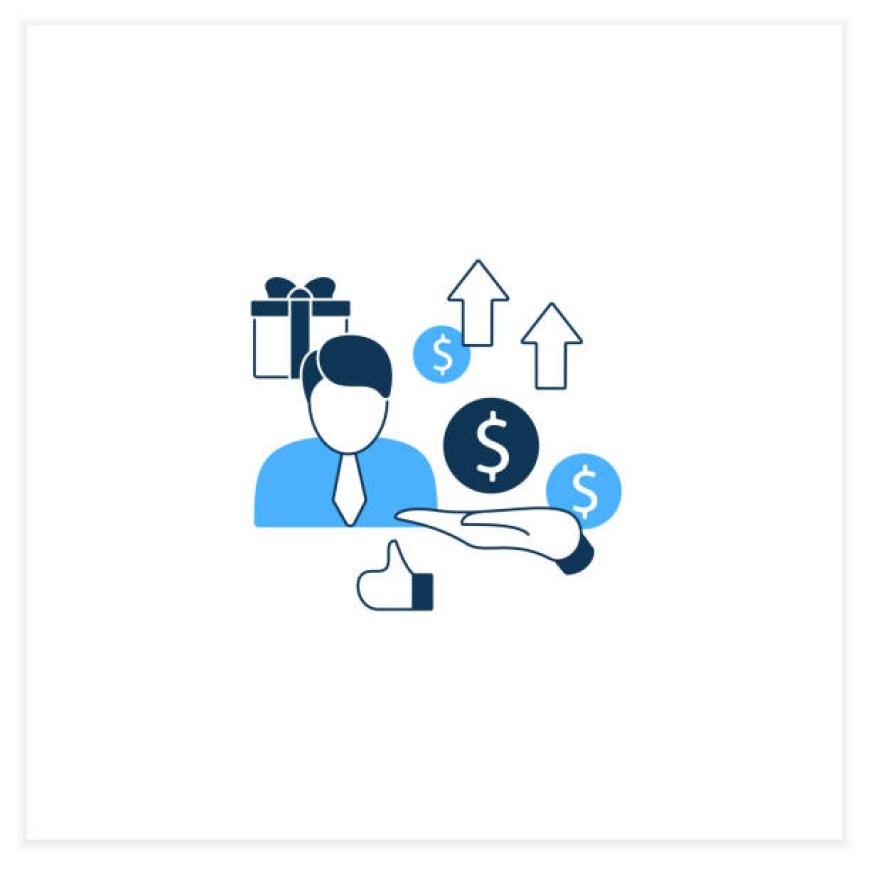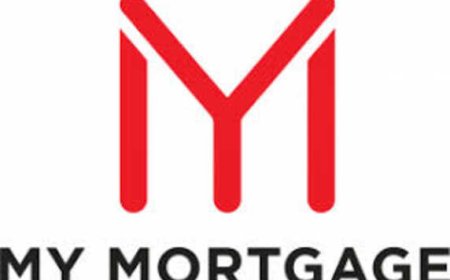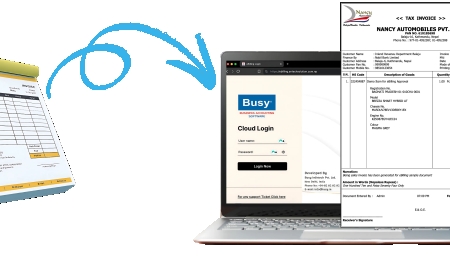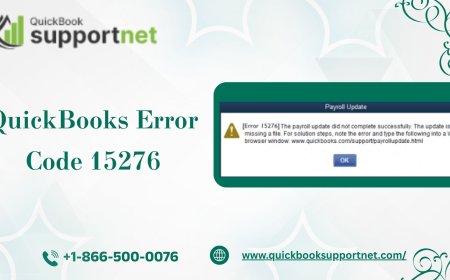Streamlined Loan Origination Software for Fast Approvals
That’s why more and more lenders are turning to loan origination software to streamline their lending operations.

In todays fast-moving digital economy, financial institutions are under constant pressure to speed up loan approvals while ensuring compliance and accuracy. Customers expect instant responses, minimal paperwork, and personalized service. Meeting these expectations is not feasible with traditional, manual lending processes. Thats why more and more lenders are turning to loan origination software to streamline their lending operations.
Loan origination software offers a comprehensive digital solution that automates the entire lending processfrom the initial loan application to underwriting, approval, documentation, and disbursement. This technology enables lenders to process loans faster, minimize errors, reduce operating costs, and offer a superior customer experience.
What is Loan Origination Software?
Loan origination software is a digital platform designed to manage and automate the entire lifecycle of a loan application. It facilitates everything from data collection and verification to credit checks, risk assessments, document management, and final approval.
By integrating with third-party systems like credit bureaus, identity verification services, and payment gateways, loan origination software eliminates bottlenecks and speeds up decision-making. It plays a vital role in reducing turnaround time and delivering a seamless lending operation.
Key Features of Loan Origination Software
Loan origination software is packed with features designed to simplify and optimize the lending process for both lenders and borrowers.
1. Online Loan Applications
Applicants can submit loan requests online via mobile or desktop platforms. The software captures personal, employment, and financial details in real-time, reducing errors and processing delays.
2. Automated Document Collection and Verification
Borrowers can upload necessary documents such as identity proof, income statements, and bank records. The system can verify these documents using OCR, AI, or integrations with government databases.
3. Credit Scoring and Risk Assessment
By integrating with credit bureaus, the system fetches real-time credit scores and applies predefined risk models to determine borrower eligibility.
4. Customizable Workflows
Lenders can design workflows based on loan type, borrower profile, and internal policies. Whether its personal loans, business financing, or mortgages, the software adapts accordingly.
5. Underwriting Automation
The software can automatically approve or flag applications based on pre-set underwriting criteria. It reduces manual involvement and speeds up decisions.
6. Real-Time Status Updates
Borrowers receive real-time updates via SMS or email, improving transparency and reducing customer support workload.
7. Analytics and Reporting
Lenders gain valuable insights into loan volumes, approval rates, default risks, and operational efficiency through detailed dashboards and reports.
Benefits of Loan Origination Software
Implementing loan origination software offers numerous advantages that extend across operations, compliance, and customer satisfaction.
1. Faster Loan Processing
Automation reduces the need for manual intervention, allowing institutions to approve and disburse loans in hours instead of days.
2. Reduced Operational Costs
By automating repetitive tasks and eliminating paper-based processes, lenders can cut down staffing and administrative expenses.
3. Enhanced Accuracy and Compliance
Automation ensures consistent application of lending criteria and reduces human error, helping institutions meet regulatory requirements effortlessly.
4. Better Customer Experience
Borrowers benefit from quicker responses, fewer documentation hassles, and the convenience of applying from anywhere, anytime.
5. Improved Decision-Making
Advanced analytics help lenders fine-tune their risk models and improve loan portfolio quality over time.
Use Cases Across Lending Segments
Loan origination software is versatile and supports a variety of lending products:
-
Personal Loans: For salaried or self-employed individuals seeking quick financing.
-
Home Loans: With support for large documentation and multi-stage verifications.
-
Auto Loans: Offering fast approvals through integration with vehicle dealers.
-
Business Loans: With complex underwriting based on financial statements and cash flow.
-
Education Loans: Supporting co-applicants, deferred payments, and flexible EMIs.
Industry Adoption and Real-World Examples
Leading banks, NBFCs, credit unions, and fintech firms are embracing loan origination software to stay competitive. By leveraging these platforms, institutions are reducing turnaround time by over 60% and improving approval accuracy.
For example, a mid-sized bank that implemented a cloud-based loan origination solution reduced their loan processing time from 5 days to just 24 hours. This led to increased customer acquisition and a more agile lending model.
Integration with Core Systems
Modern loan origination software integrates seamlessly with core banking systems, customer relationship management (CRM) tools, credit bureaus, and payment systems. This connectivity enables real-time data flow, allowing for instant decisions and efficient processing.
Some advanced platforms also offer integration with digital signature providers, identity verification tools (e.g., Aadhaar, PAN), and document management systems. This eliminates friction from the application process and contributes to a seamless lending operation.
Choosing the Right Loan Origination Software
When evaluating a loan origination solution, financial institutions should consider the following:
-
Scalability: Can the system handle increasing loan volumes as the business grows?
-
Customization: Is the platform flexible enough to adapt to different loan types and workflows?
-
Ease of Integration: Can it connect easily with your existing systems and external services?
-
User Interface: Is the software user-friendly for both borrowers and employees?
-
Data Security: Does the solution comply with industry standards and regulatory requirements?
Leading Loan Origination Software Providers
Some of the top platforms in the market include:
-
TurnKey Lender: Offers AI-powered decisioning and end-to-end loan lifecycle management.
-
Finastra Fusion Originate: Ideal for banks needing robust compliance features and complex workflows.
-
LendFoundry: Designed for fintechs and digital lenders with flexible API capabilities.
-
Mambu: A composable core banking system that includes loan origination modules.
-
Roostify: Focuses on digital mortgage origination with intuitive interfaces and third-party integrations.
The Future of Loan Origination
As lending continues to go digital, loan origination software will become more advanced, incorporating AI and machine learning for better decision-making. Real-time analytics, embedded lending experiences, and blockchain-based contract management are set to redefine the future of loan origination.
Open banking will also play a key role, allowing lenders to access borrower financial data instantlyenabling faster and more accurate credit decisions.
Conclusion
Loan origination software is transforming the way financial institutions manage the loan approval process. It delivers speed, accuracy, and automationmaking it easier for lenders to serve todays tech-savvy borrowers. With increasing competition and rising customer expectations, adopting a reliable loan origination solution is no longer optionalit's a strategic imperative.
By enabling a seamless lending operation, institutions can not only accelerate growth but also build trust and long-term relationships with borrowers. For those seeking to scale and innovate, this technology lays the foundation for smarter, faster, and more efficient lending.



































